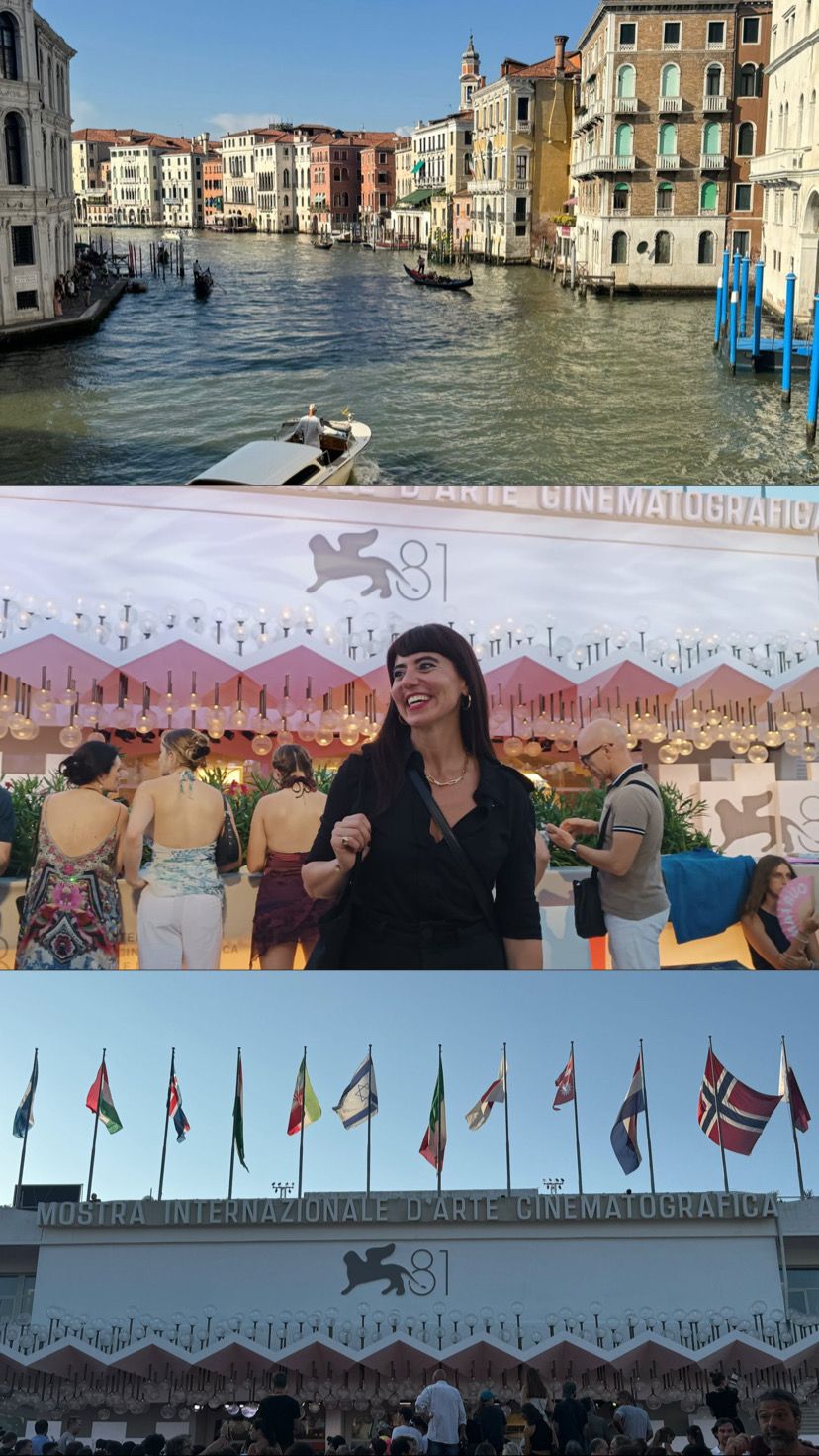Ciak and action: storytelling takes centre stage at the Venice Film Festival 2024
Under the lights of Venice, where the lagoon meets the thousand facets of the seventh art, the Venice Film Festival 2024 brings the best films of the year to the red carpet and a parade of sponsors raising the glamour bar. Together with Celebrities, Influencers, and Ambassadors, the brands contribute to building the Festival’s prestigious, dynamic, and innovative image. Thus, the renowned Lido festival also becomes an advertising showcase for brands that know how to align themselves with the values of the Festival, exploiting the transformative and persuasive power of storytelling.
Here are a few examples?
Armani Beauty is to the Venice Film Festival as black is to haute couture: timeless and always perfect. For the seventh consecutive year, the Maison has confirmed its role as the leading beauty sponsor of the oldest film event in the world, accompanying the celebrities from the Beauty Lounge at the Hotel Excelsior to the red carpet. This year, the focus is on the skin: natural and luminous but still flawless.
The gala dinner on 31 August to celebrate the partnership was designed to be a dense experience, played on the concepts of intensity and passion that enveloped the Arsenale in vibrant red, while a luminous sign, ‘What makes your heart beat?’, guests to indulge their verve and dance to the rhythm of their desires. But in this edition, there is more: the brand’s involvement goes beyond make-up, acquiring greater authority thanks to the institution of the ‘Armani Beauty Spectator Award, Horizons Extra‘, dedicated to celebrating new talents and film trends capable of standing out for creativity.
Lexus takes the path of avant-garde and visionary design. For the eighth consecutive year, it has been the official car of the Venice International Film Festival, with which it shares a declaration of intent: to push the boundaries of the possible and redefine the concept of elegance. The 35 technological jewels that parade through the Venetian calli and on the red carpet build a striking image, positioning themselves irrevocably in the frame of the film festival as indispensable aesthetic attributes on the stage, perfect for conveying the concepts of prestige and innovation.
Finally, every Festival has the touch of a supernova sponsor from Made in Italy or Campari Red. This year, the brand has designed an unrepeatable night at the Lido’s Nicelli Airport, creating a proper ‘cocktail of emotions’ around three key words: intrigue, elegance, and passion. The copy is seductive and uses metaphors that transport guests into a daring yet refined world, aligning with the brand’s values. And that’s not all: Campari has constructed an immersive event, recreating a red-tinted film set to be experienced as an experiential journey. The ‘Negroni’ terminal and the ‘Americano’ terminal welcomed guests on an exclusive journey to Campari’s ‘Destination Red’, complete with themed check-in.
In short, the 81st edition of the Venice Film Festival proved once again to be a feast not only for the eyes but also for the creative and strategic soul of marketing: an opportunity for the brands involved to show off their directorial skills and shape scenes, slogans, and red carpet suggestions.
Because in Venice, the limelight never really goes out. And stories, the right ones, can make the difference between a fleeting whisper and a memorable plot.
To find out more about Galore Studio and get more details on our approach, write to hello@galore.studio









